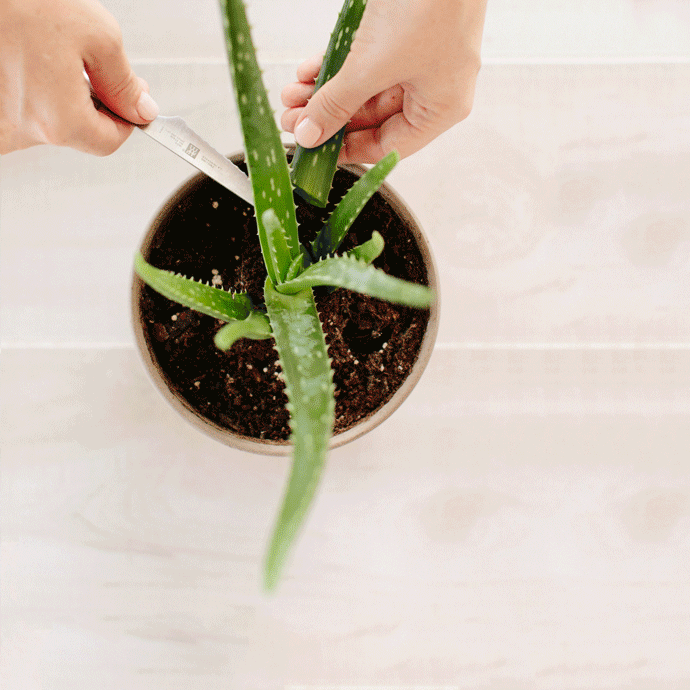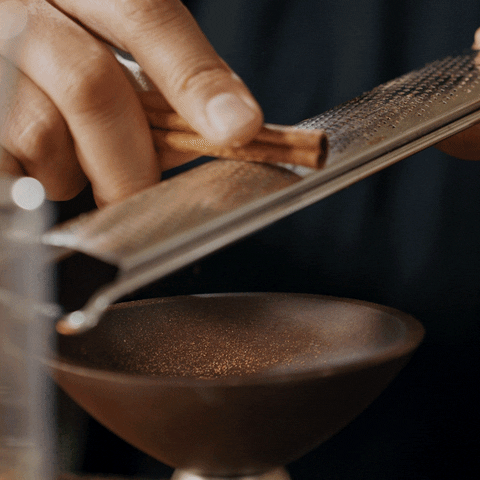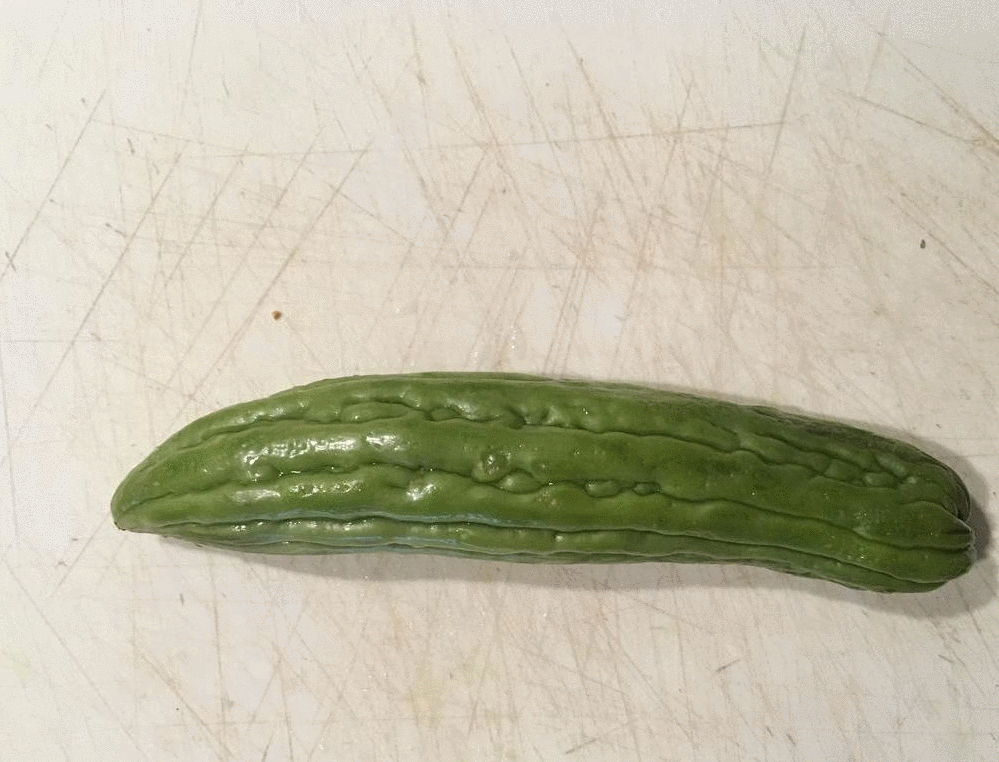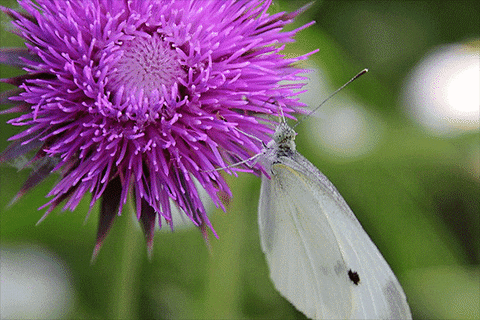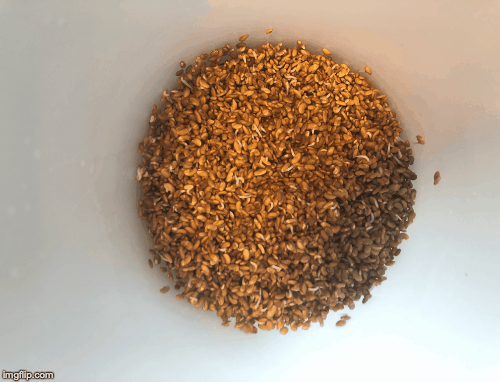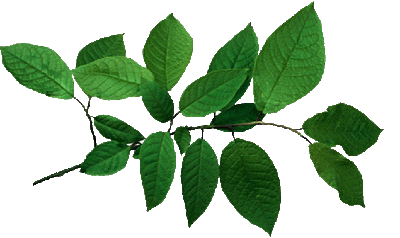
1. Aloe Vera
Aloe vera is a common plant with many different uses. Many people are aware of its benefits for skincare, but it may also have other benefits, including slowing the progress of type 2 diabetes.
One review, published in 2013, looked at the use of aloe vera to treat symptoms of diabetes in rats. Findings suggested that aloe vera might help protect and repair the beta cells in the pancreas that produce insulin. The researchers believed this might be due to aloe. antioxidants effects.
The researchers called for more research into aloe and its extracts to be sure of these effects.
Ways of taking aloe include:
-
adding the juiced pulp to a drink or smoothie
-
taking capsules that contain aloe as supplements
2. Cinnamon
Cinnamon is a fragrant spice that comes from the bark of a tree. It is a popular ingredient in sweets, baked goods, and other dishes.
It has a taste that can add sweetness without any additional sugar. It is popular with people with type 2 diabetes for this reason alone, but it may also offer other benefits.
A 2010 review found evidence from studies involving humans that cinnamon may improve levels of:
-
glucose
-
insulin and insulin sensitivity Cinnamon
-
lipids, or fats, in the blood
-
antioxidant status
-
lean body mass
-
blood pressure
-
digestion
3. Bitter melon
Momordica charantia, or bitter melon, is a medicinal fruit. Practitioners of traditional Chinese and Indian medicine have used bitter melon for centuries. People can cook the fruit and use it in many dishes. Some scientists have been looking into its potential medicinal uses.
There is some evidence that bitter melon may help with the symptoms of diabetes. One review has noted that people have used many parts of the plant to help treat diabetes.
Research has shown that taking bitter melon in the following forms can lead to a reduction in blood sugar levels in some people:
-
seeds
-
blended vegetable pulp
-
juice
-
supplements
People have used milk thistle since ancient times for many different ailments, and especially as a tonic for the liver.
Silymarin, the extract from milk thistle that has received the most attention from scientists, is a compound with antioxidant and anti-inflammatory properties. These are the properties that may make milk thistle a useful herb for people with diabetes.
Many of the studies on silymarin are promising, but the research is not strong enough to recommend the herb or extract alone for diabetes care, according to one review published in 2016.
There appear to be no reports of significant side effects, and many people take milk thistle as a supplement. However, it is best to speak to a doctor first before using any supplements.
Ginger is another herb that people have used for thousands of years in traditional medicine systems.
People often use ginger to help treat digestive and inflammatory issues.
However, in 2015, a review suggested that it may also help treat diabetes. The results showed that ginger lowered blood sugar levels, but did not lower blood insulin levels.
Because of this, they suggest that ginger may reduce insulin resistance in the body for type 2 diabetes.
However, the researchers were uncertain as to how ginger might do this, and they called for more research to confirm these findings.
People can take ginger:
-
by adding ginger powder or chopped, fresh ginger root to raw or cooked food
-
brewed into tea
-
as a supplement in capsule form
-
by drinking it in a ginger ale
Fenugreek is another seed that may help lower blood sugar levels.
The seeds contain fibers and chemicals that help to slow down the digestion of carbohydrates and sugar.
There is also some evidence that the seeds may help delay or prevent the onset of type 2 diabetes.
Findings of a 3-year investigation published in 2015 noted that people with prediabetes were less likely to receive a diagnosis of type 2 diabetes while taking powdered fenugreek seed.
The researchers concluded that taking the seed led to:
-
increased levels of insulin in the body, leading to a reduction in blood sugar
-
lower cholesterol levels
4. Milk thistle
6. Gymnema
7. Ginger
Gymnema Sylvestre is a herb that comes from India. Its name means “sugar destroyer.”
A 2013 review noted that people with both type 1 and type 2 diabetes who took Gymnema showed signs of improvement.
In people with type 1 diabetes who took the leaf extract for 18 months, fasting blood sugar levels fell significantly, compared with a group who received only insulin.
Other tests using Gymnema found that people with type 2 diabetes responded well to both the leaf and its extract over various periods.
Some people experienced:
-
lower blood sugar levels
-
higher insulin levels

